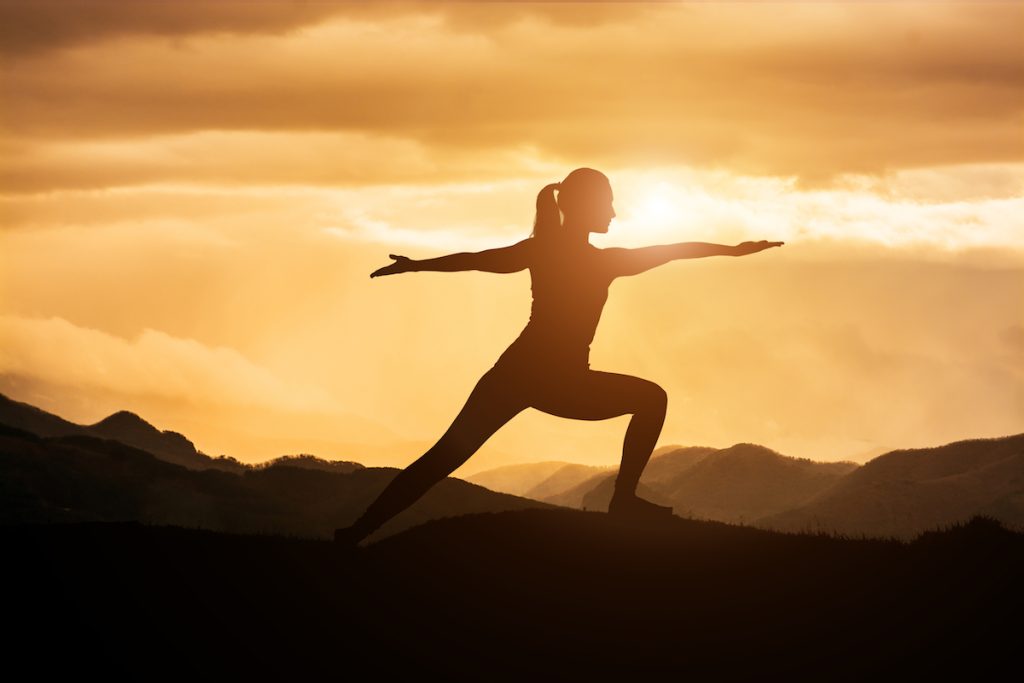In today’s modern world where everything is fast-paced, people often find themselves tired and stressed. They walk with the hope that everything will be all right but don’t take the necessary steps. Consequently, they end up tired, sad, and frustrated. They desperately search for an option to cure this madness but little do they know that the solution lies in their hands.
Welcome to the world of Grounding Yoga. It’s an ancient practice with a history that spans centuries. By performing this divine art, you’ll find yourself in a state of emotional and physical bliss. Join me as I take you on a journey that dives deep into the core of barefoot yoga and how it transforms your life.
The Importance of Grounding in Yoga:
Grounding yoga focuses on the idea of maintaining a special relationship with the ground that you walk on. It might sound a bit strange at first but once you feel the connection, there’s no going back. This practice anchors the practitioner to the present moment and helps to connect with earth’s energy.
The main difference between yoga that you do at home and grounding yoga is that grounding yoga focuses more on the connection with the earth. The poses practiced like the mountain pose and tree pose help to sustain stability, maintain balance, and emotional strength. By rooting yourself with the earth, you can gather the strength to tackle life’s challenges.
Understanding Barefoot Yoga:
Barefoot yoga, as the name suggests is a method of practicing yoga without shoes or socks. It emphasizes maintaining direct contact between the feet and the ground below. It may sound simple but it’s this simplicity that offers various benefits like improved strength, balance, and co-ordination. By not wearing shoes, you can fully harness the earth’s energy and experience a surreal feeling of belonging.
Grounding Yoga Poses for Barefoot Bliss:
Let’s explore some grounding yoga poses that you can do:
- Mountain Pose (Tadasana): Stand tall with your feet hip-width apart. Ground down through the soles of your feet and reach upward through the crown of your head.
- Tree Pose (Vrksasana): Balance on one foot and place the sole of the opposite foot against the inner thigh or calf. Root down through the standing foot while reaching skyward with the arms.
- Warrior Poses (Virabhadrasana I, II, III): These powerful poses strengthen the legs and core while fostering stability.
Balancing mindfulness and breathing
Mindfulness and breathing are essential components of any type of yoga. In the same way, it’s an integral component of grounded yoga too. It helps to deepen the connection with the present moment and promote inner peace. Before you begin, take a moment to be present in the current situation. Also, feel the sensations of your body and the rhythm of your breath. As you gracefully move through the yoga poses, let the breath guide you into every movement.
Creating a sacred space for practice:
Transform your yoga practice into a sacred ritual by creating an inviting space for practice. You can practice inside your home too but it’s recommended that you venture outdoors to practice grounded yoga. Build a mood with soft lighting, soothing music, and aromatherapy scents. Let go of distractions and immerse yourself fully in the present moment.
Connecting with Nature through Grounding Yoga:
There is no greater teacher than nature. Take your grounded yoga practice outdoors and understand the sights and sensations of the natural world. Feel the earth beneath your feet, the gentle breeze, and the warmth of the sun on your face. Let nature be your guide as you move through yoga poses.
As we conclude our exploration of barefoot yoga, I invite you to carry the essence of this practice with you wherever you go. Whether you’re on the mat, in nature, or amidst the hustle and bustle of daily life, remember to take moments to know where you stand and connect with the earth.
For more blogs visit on our Nepal Yoga Home blog section

